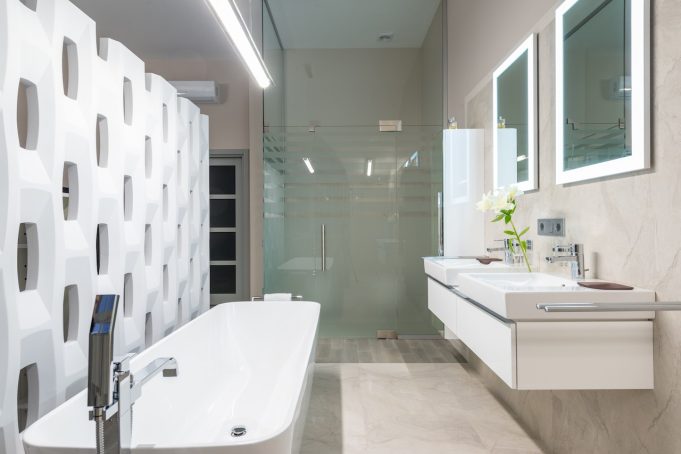Partition wall insulation is an effective yet low-cost solution to improve the thermal performance and sound reduction properties of your home. If you live in a property with solid walls, the insulation you use will ultimately govern how much sound bleeds from room to room and how efficiently heat is retained within a given room. Whilst there is a wide range of partition wall insulation materials available on the market, most are united in their purpose to acoustically separate spaces and protect them from fires in adjacent areas. In this blog post, we will discuss the insulation types best suited for partition walls to help you reach a rounded conclusion on which type is right for you.
What Is Partition Wall Insulation?
Partition walls are internal walls that separate two rooms and are usually supported by a metal or wooden frame against a solid wall – also known as stud walls. If left uninsulated, internal partition walls can negatively impact your comfort and well-being. Partition wall insulation, otherwise known as stud wall insulation, is used to fill the space within these frames to significantly improve the acoustic insulation and fire performance of both residential and commercial properties. Your options for fitting internal stud wall insulation are rolls, slabs, and boards.
To avoid costly future repairs and damages, always consult with a specialist before installing partition wall insulation.
Mineral Wool Insulation
Installing partition wall insulation is an excellent way to improve the sound insulation of the wall.
When it comes to reducing sound and heat transmission in interior walls, rock mineral wool is without a doubt the most effective insulation material on the market. Not only does it absorb sound energy, but it also saves energy whilst improving the thermal and acoustic performance of internal walls. Aside from its unrivalled insulating properties it also provides high levels of fire resistance.
Rockwool insulation slabs can be considered for timber stud or metal stud partition walls.
Phenolic Insulation
If it’s heat retention you’re after, we recommend opting for a solid insulation board such as the Kingspan Kooltherm K112 Board. This premium insulation solution is designed to fit between studwork in timber and steel frame wall construction and boasts a core of fibre-free thermoset phenolic insulation. In terms of its thermal performance, it outclasses all other insulation boards, with a thermal conductivity of just 0.018 W/mK across all thicknesses.
PIR Insulation
For impressive thermal benefits without the premium price tag, you might want to consider using traditional solid insulation boards like Ecotherm PIR Insulation Board or Recticel Eurothane GP Board.
However, with nearly a century of experience creating thermal solutions, Celotex is firmly established as the go-to choice for PIR insulation boards. Like other typical PIR products, Celotex greatly reduces thermal bridging and increases heat retention.
Thermally speaking, PIR insulation board has a certified thermal conductivity as low as 0.022 W/mK, running a very close second to Kingspan’s Kooltherm’s 0.018 W/mK.














